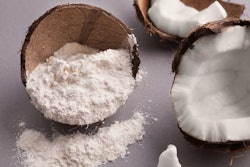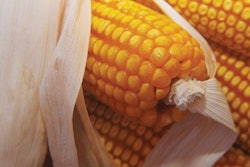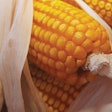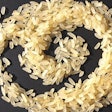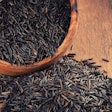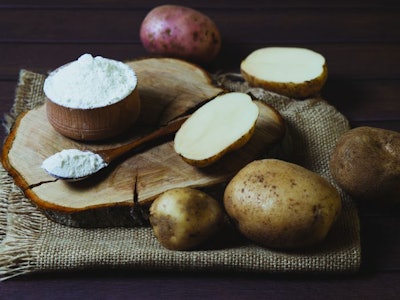
Starch represents the single-largest source of calories consumed by humans and animals. It has functional capabilities as gums and gels, and in extruded foods provides texture and structure. Starch is primarily glucose in two principal polymers — amylose and amylopectin. Amylose is a linear helical chain, and amylopectin is highly branched which forms a double helix. In most starches, amylose is approximately 25% and amylopectin 75% of the molecule. These are arranged radially in layers forming tight bundles described as starch granules. The size and shape of the granules differ from one starch source to the next, as in small for rice and large for potato.


